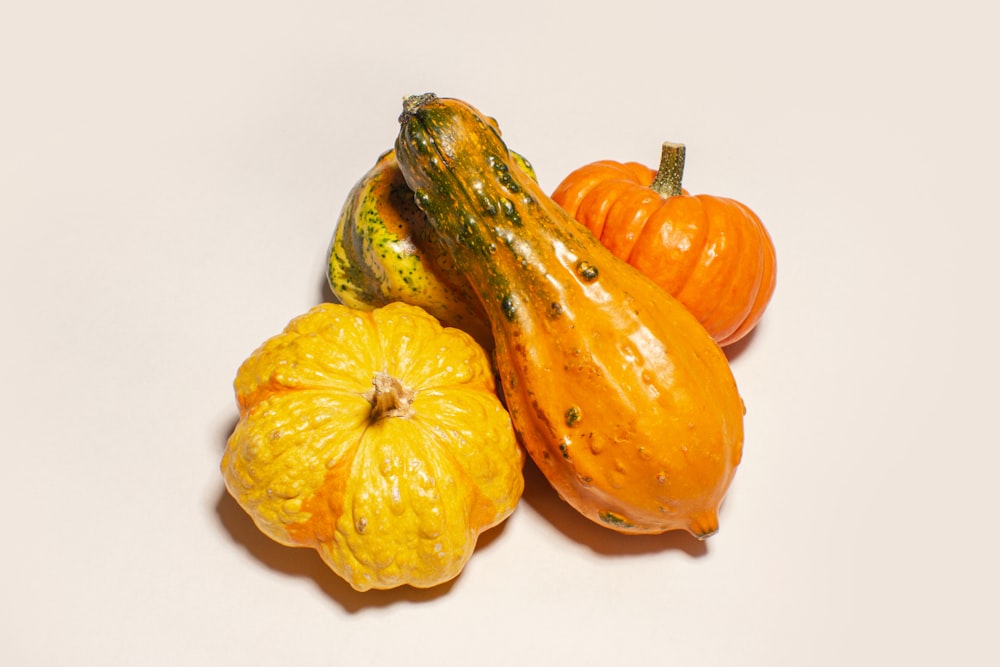
Unlocking the Potential of Squash Plants
Squash plants, with their vibrant foliage and delicious fruits, are a staple in many home gardens. However, cultivating these plants to their full potential requires more than just planting seeds and watering occasionally. To truly maximize yield, gardeners must understand the secrets of squash plant cultivation and implement proven techniques for success.
Choosing the Right Varieties
The first step in maximizing yield is selecting the right squash varieties for your garden. Consider factors such as space availability, climate, and desired harvest time when choosing between summer squash, winter squash, and specialty varieties like zucchini or acorn squash. Each type has its own growth requirements and harvest window, so choose wisely to ensure a bountiful harvest.
Preparing the Soil
Healthy soil is the foundation of a successful squash garden. Before planting, take the time to prepare the soil by incorporating organic matter such as compost or aged manure. This will improve soil structure, fertility, and moisture retention, providing squash plants with the nutrients they need to thrive. Conduct a soil test to determine pH levels and make any necessary adjustments to create optimal growing conditions.
Planting and Spacing
Proper spacing is essential for maximizing yield and preventing overcrowding, which can lead to disease and reduced productivity. When planting squash seeds or seedlings, space plants according to their mature size, typically 24-36 inches apart for bush varieties and 48-60 inches apart for vining varieties. This allows for adequate airflow and sunlight penetration, promoting healthy growth and abundant fruit production.
Watering and Fertilizing
Consistent watering is crucial for squash plants, especially during the flowering and fruiting stages. Aim to provide 1-2 inches of water per week, either through regular irrigation or rainfall. Mulching around plants can help retain soil moisture and suppress weeds, reducing the need for frequent watering. Additionally, fertilize squash plants regularly with a balanced fertilizer to provide essential nutrients for growth and fruit development.
Pest and Disease Management
Squash plants are susceptible to a variety of pests and diseases, which can significantly impact yield if left unchecked. Implement integrated pest management strategies to prevent and control common pests such as squash bugs, cucumber beetles, and vine borers. Regularly inspect plants for signs of disease, such as powdery mildew or bacterial wilt, and take appropriate action to minimize damage and protect yield.
Pollination Techniques
Proper pollination is essential for squash plants to produce fruit. While many varieties are self-pollinating, others require assistance from pollinators such as bees or hand pollination to ensure adequate fruit set. Encourage pollinator activity by planting bee-friendly flowers nearby and avoiding the use of pesticides that may harm beneficial insects. For hand pollination, use a small brush or cotton swab to transfer pollen between male and female flowers.
Pruning and Training
Pruning and training squash plants can help maximize yield by directing growth and promoting airflow and sunlight penetration. Remove excess foliage and lateral branches to reduce competition for resources and focus energy on fruit production. Train vining varieties to grow vertically or along trellises to save space and prevent sprawling growth that can lead to disease and pest problems.
Harvesting and Storage
Knowing when and how to harvest squash is key to maximizing yield and preserving quality. Harvest summer squash when fruits are young and tender, typically 6-8 inches long, to encourage continuous production. Winter squash should be harvested when fully mature and the skin has hardened, usually in late summer or early fall. Store harvested squash in a cool, dry place with good ventilation to prolong shelf life and minimize spoilage.
Continuous Care and Monitoring
Finally, to maximize yield throughout the growing season, it’s essential to provide continuous care and monitoring. Regularly inspect plants for signs of stress, pests, or disease, and take prompt action to address any issues that arise. Stay vigilant with watering, fertilizing, and pruning tasks to ensure that squash plants remain healthy and productive from planting to harvest. With proper care and attention, you can unlock the secrets of squash plant cultivation and enjoy a bountiful harvest year after year. Read more about squash plant









